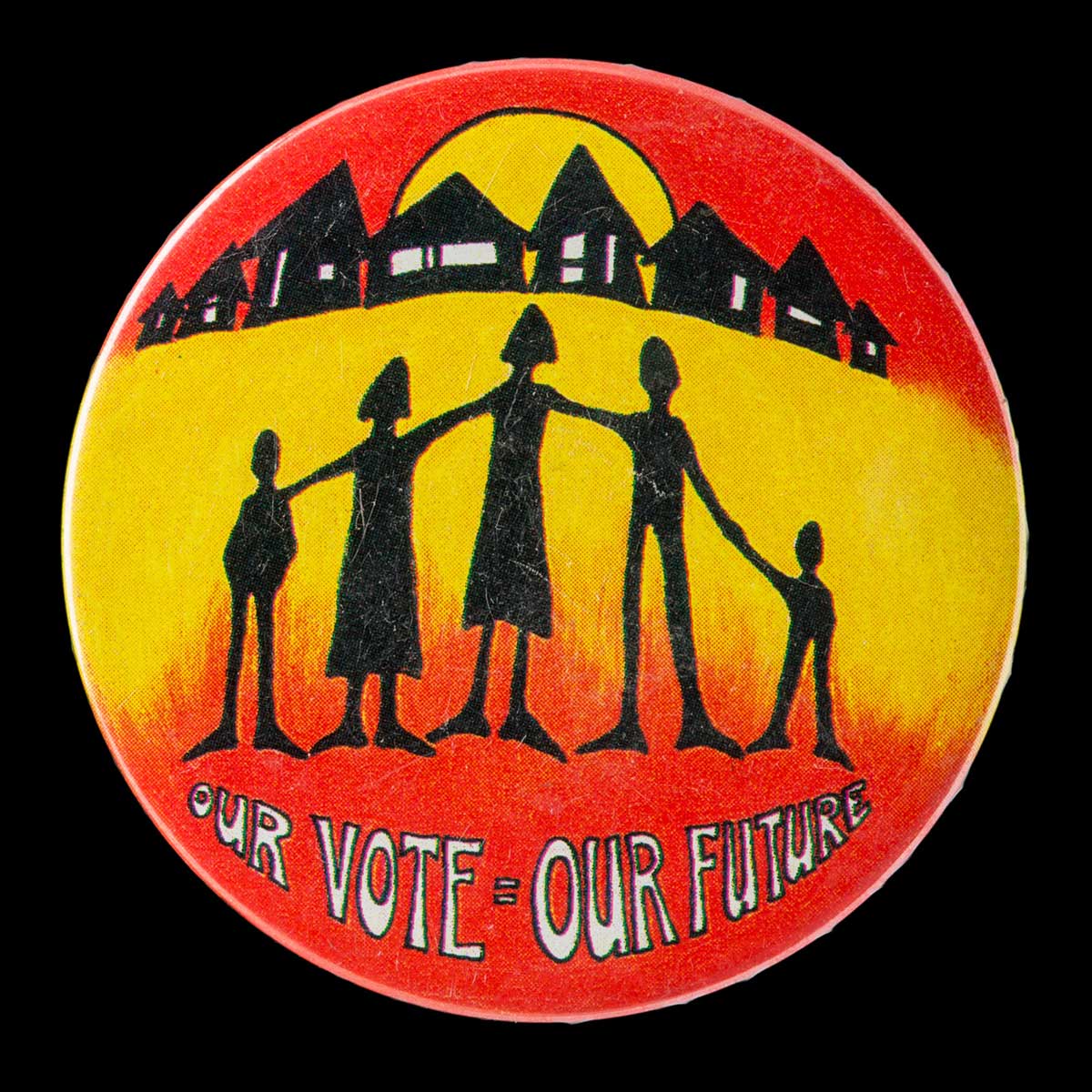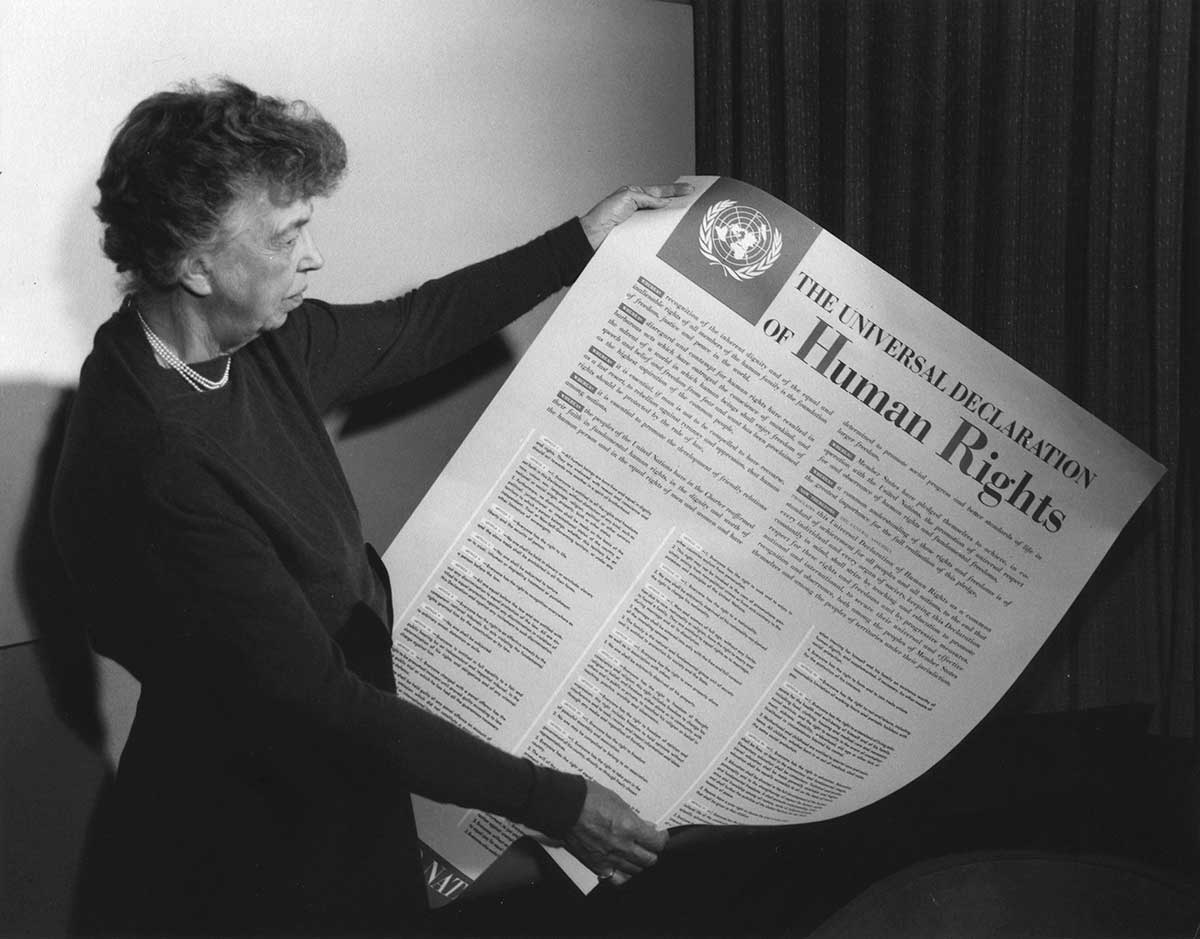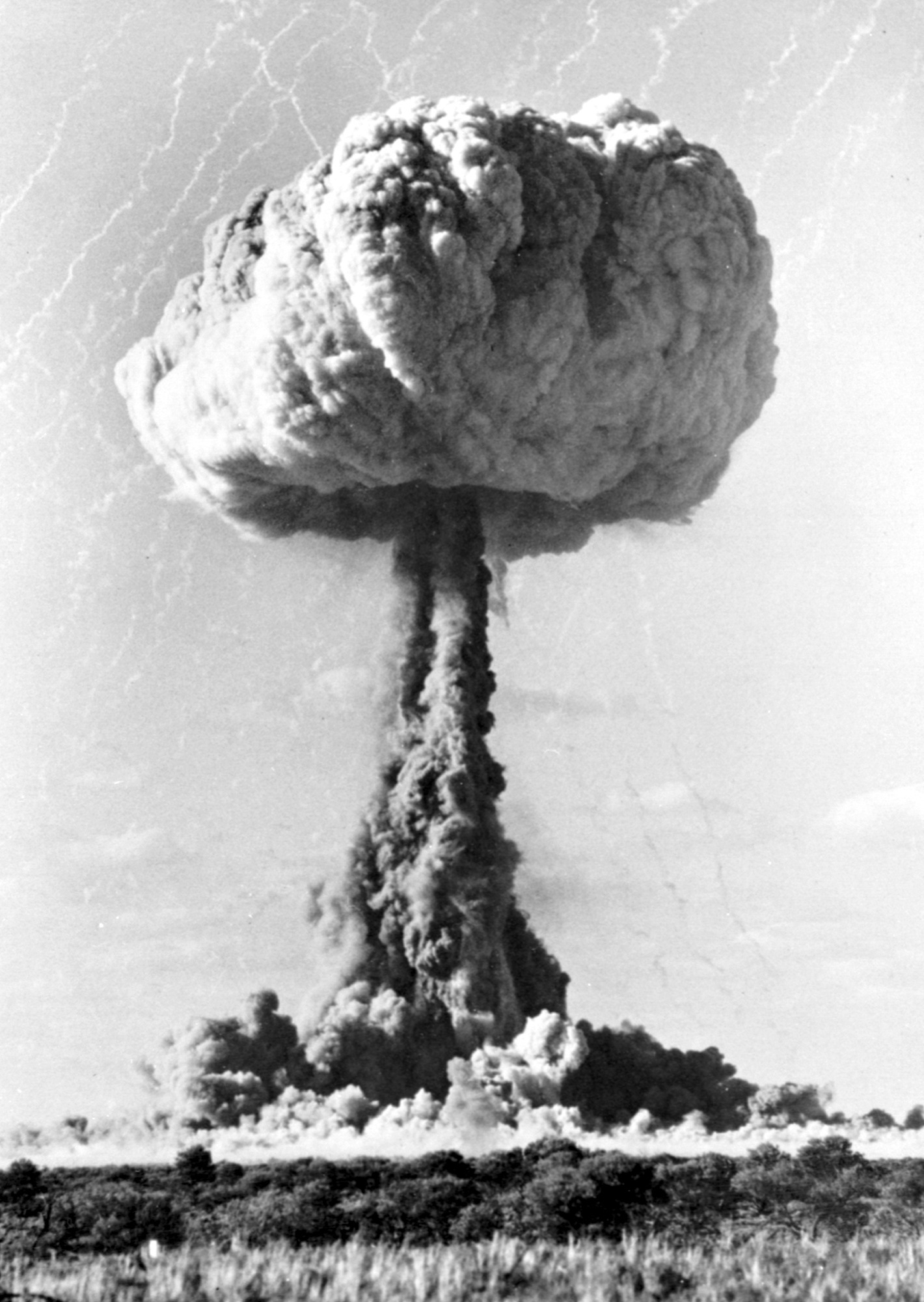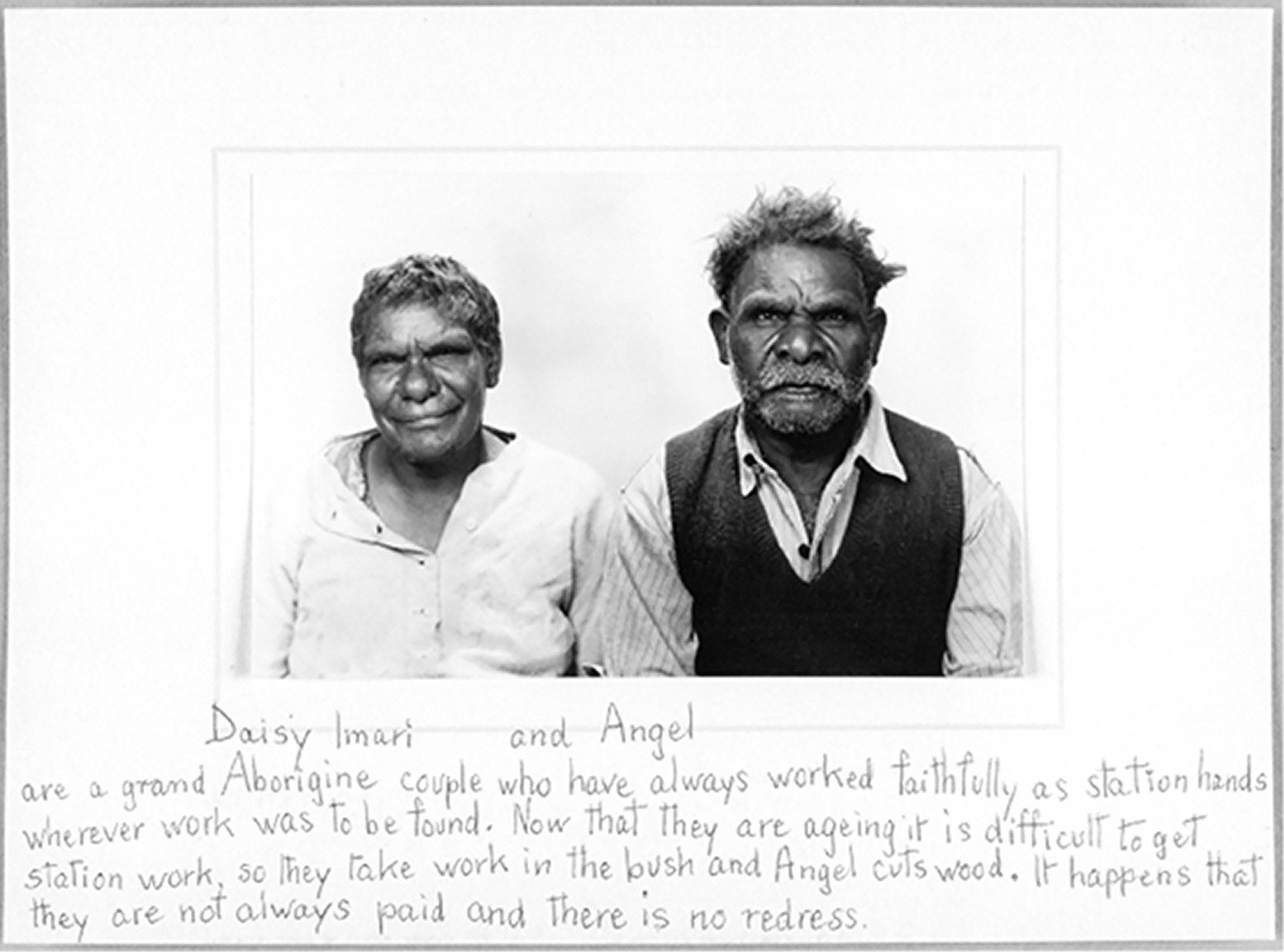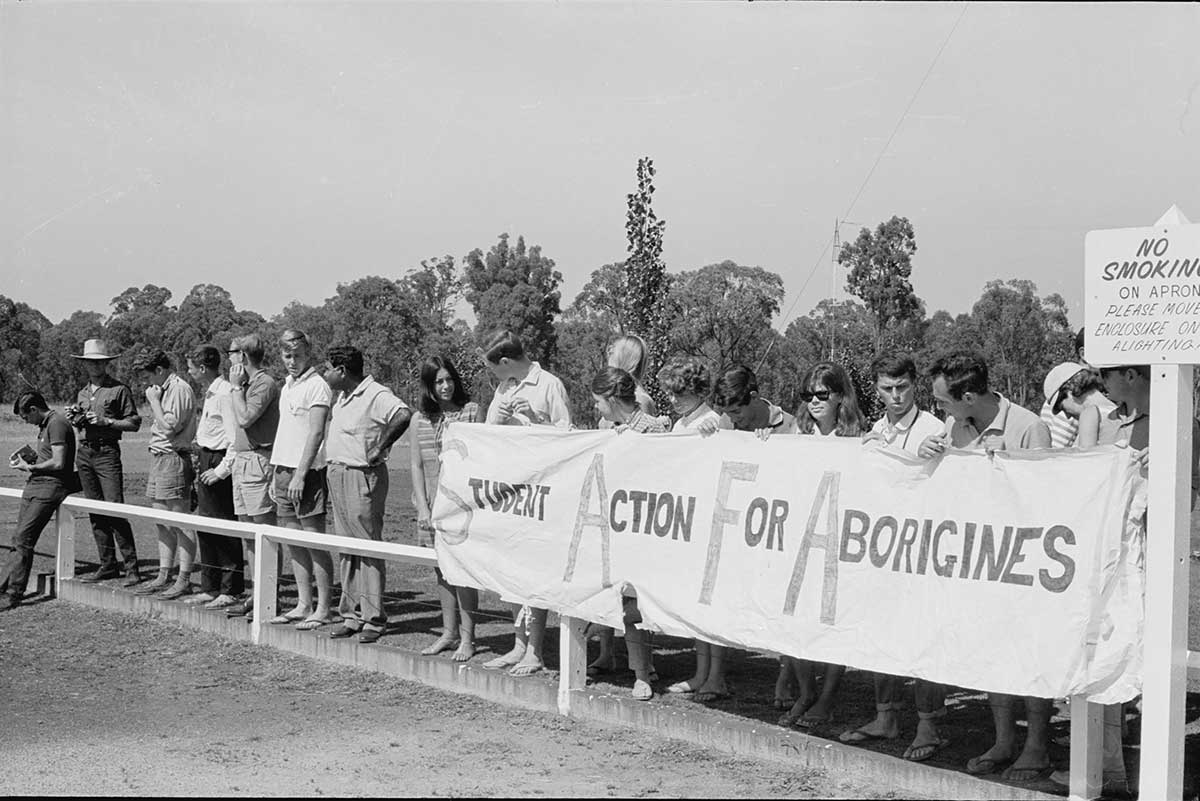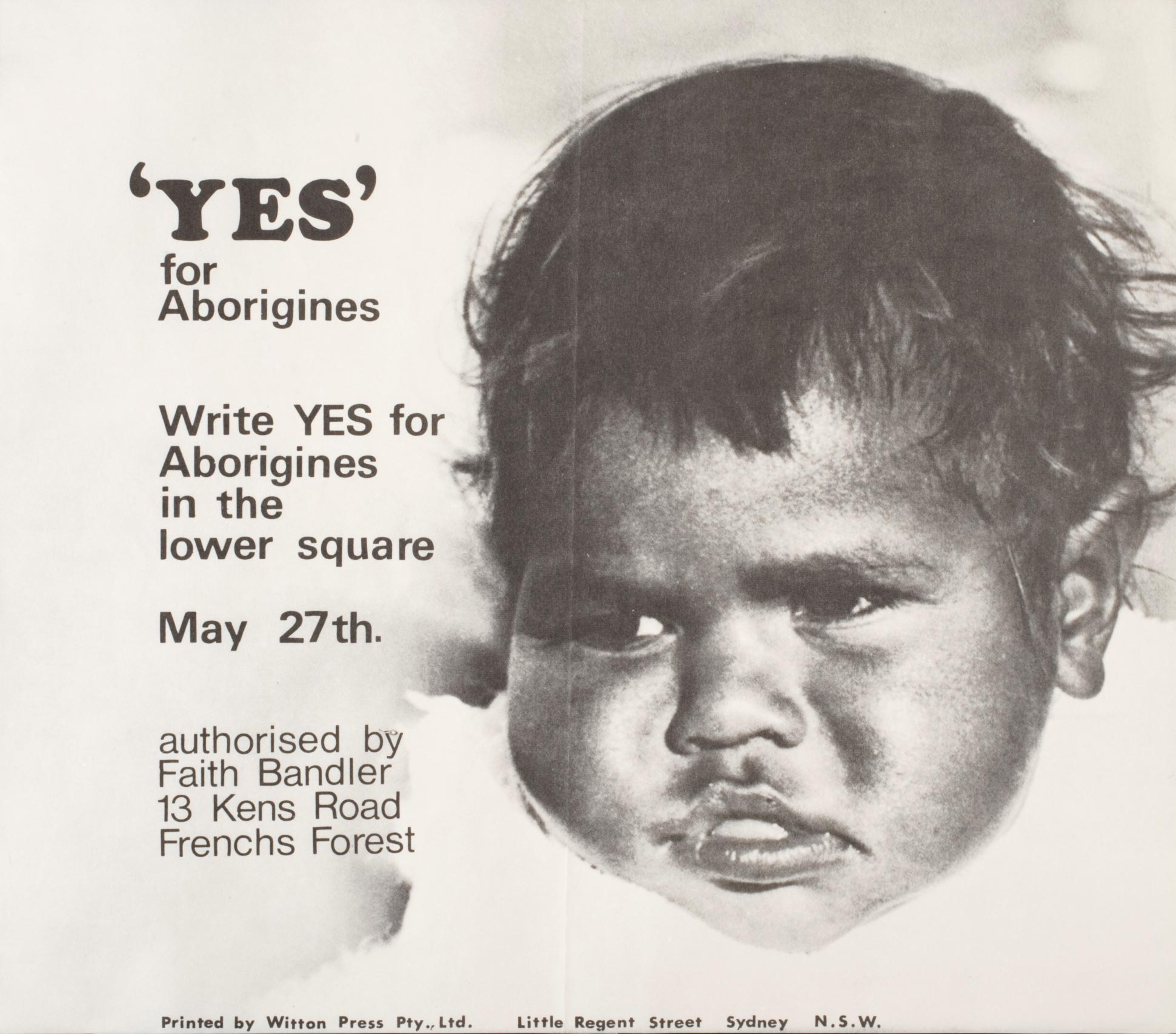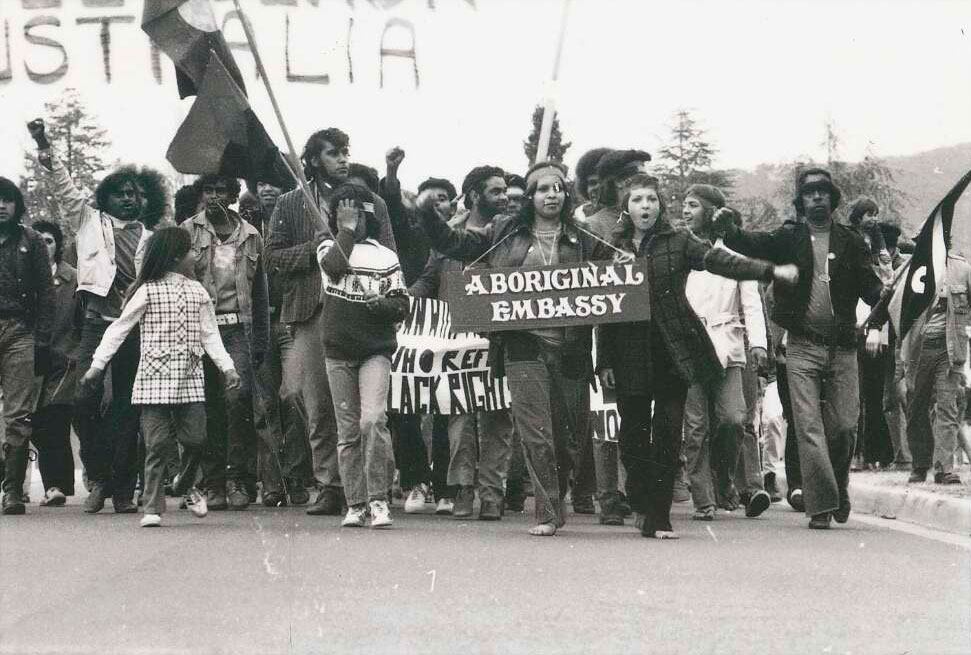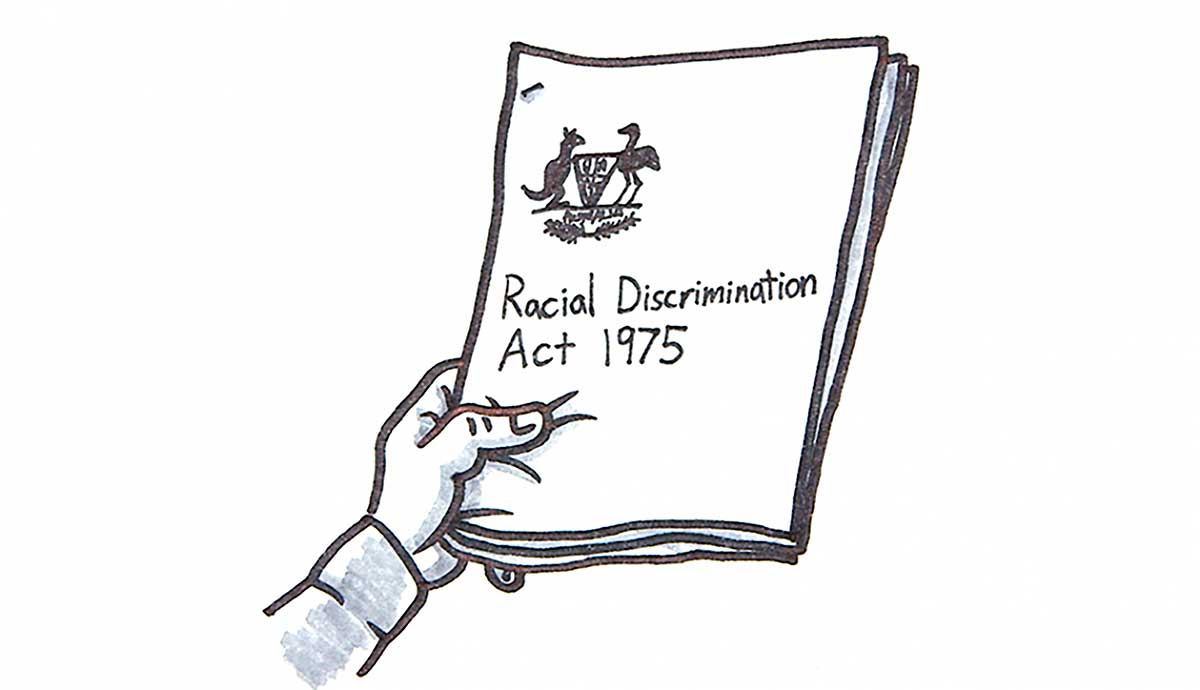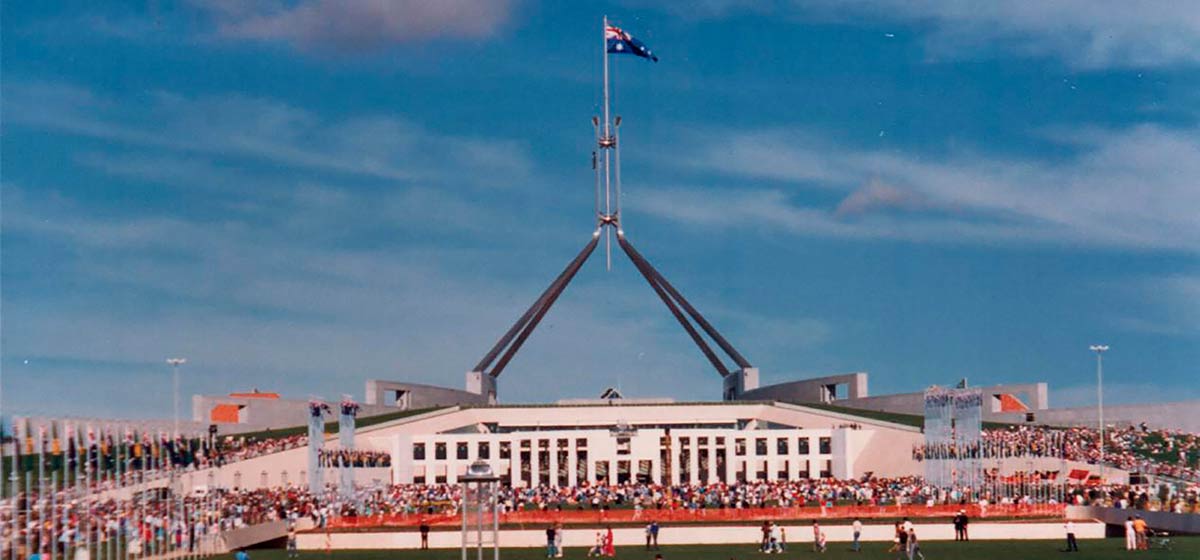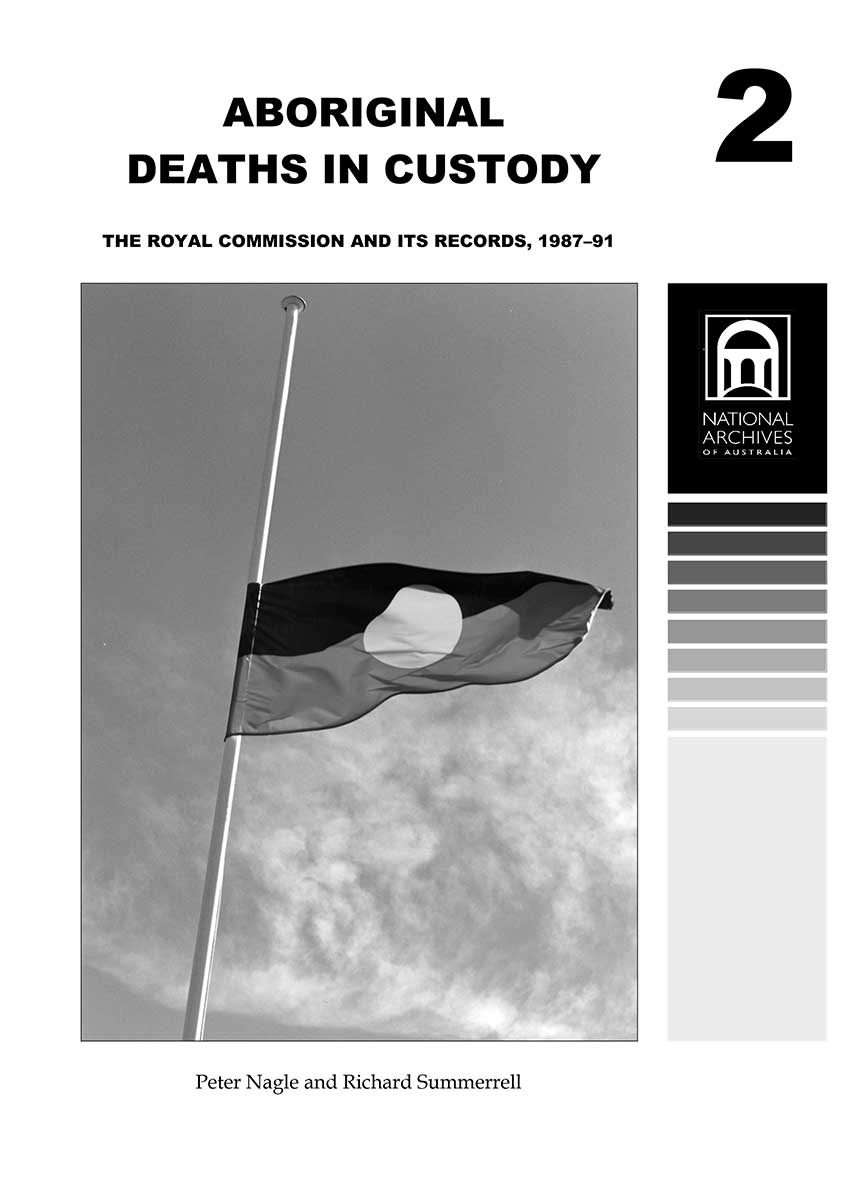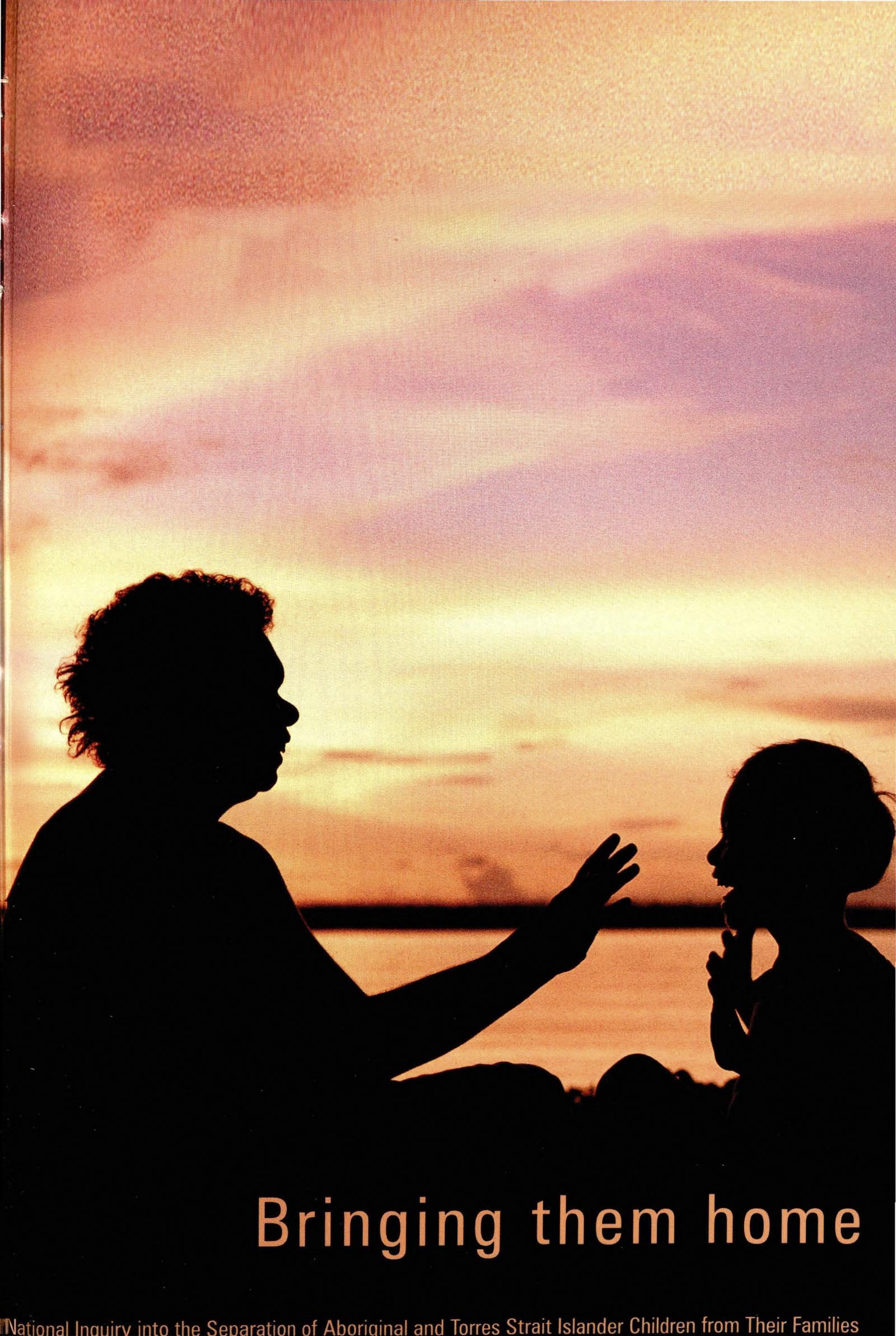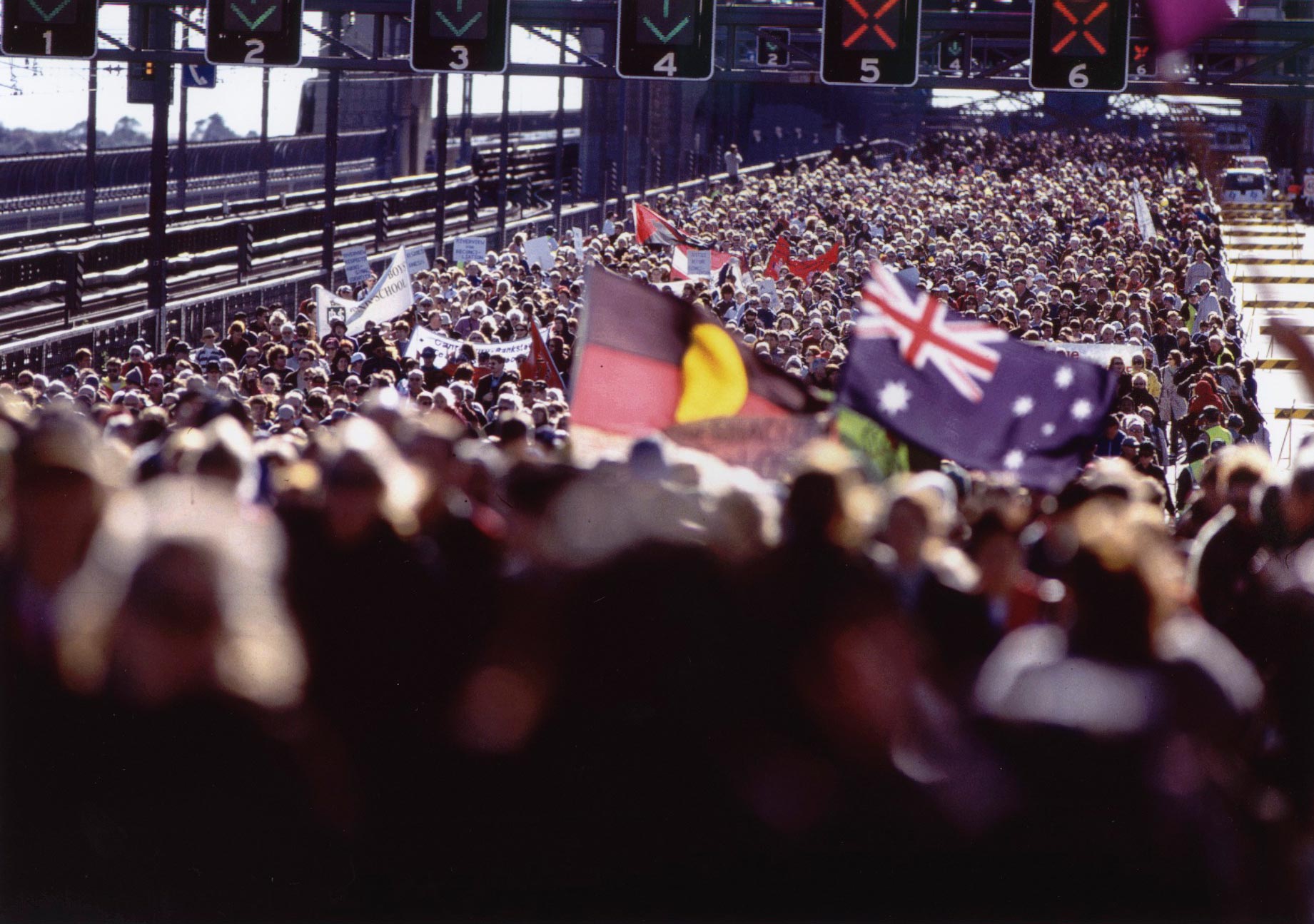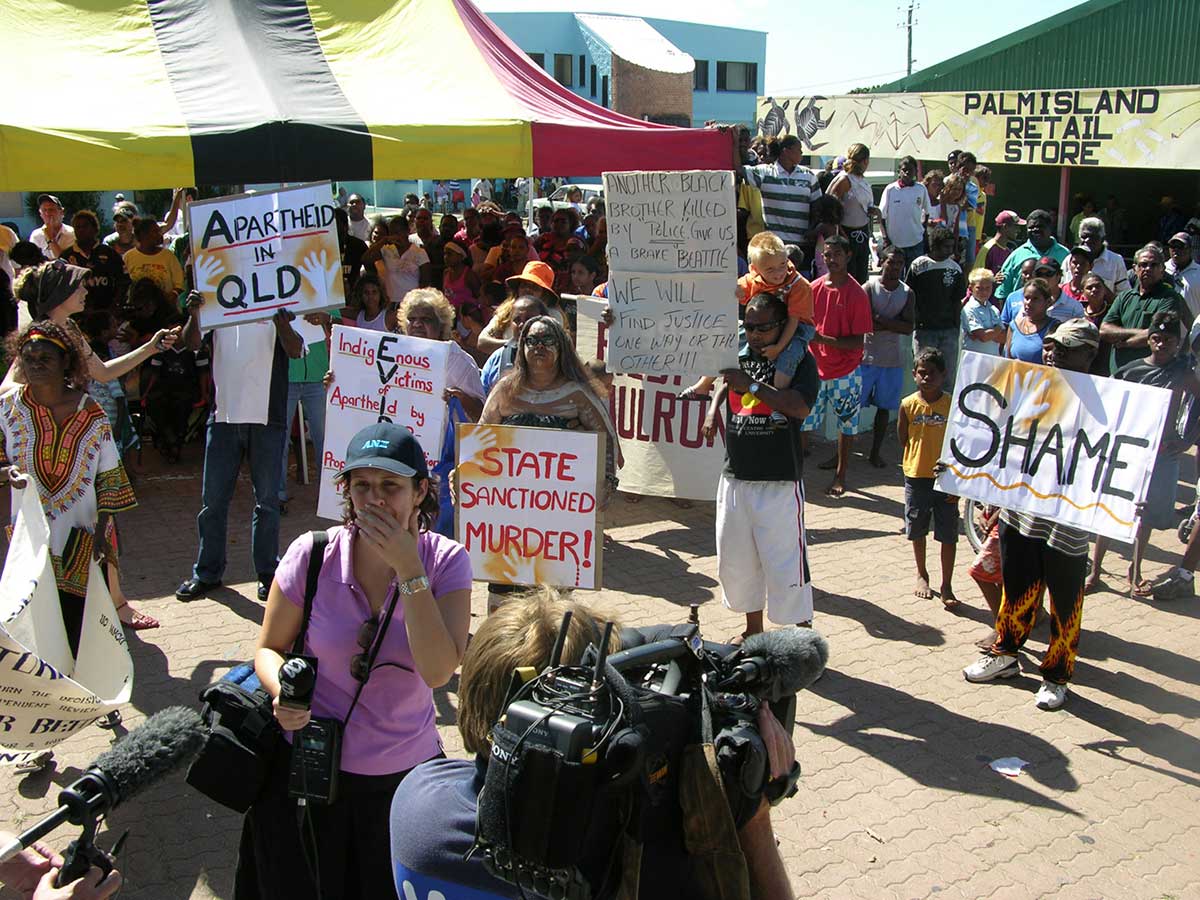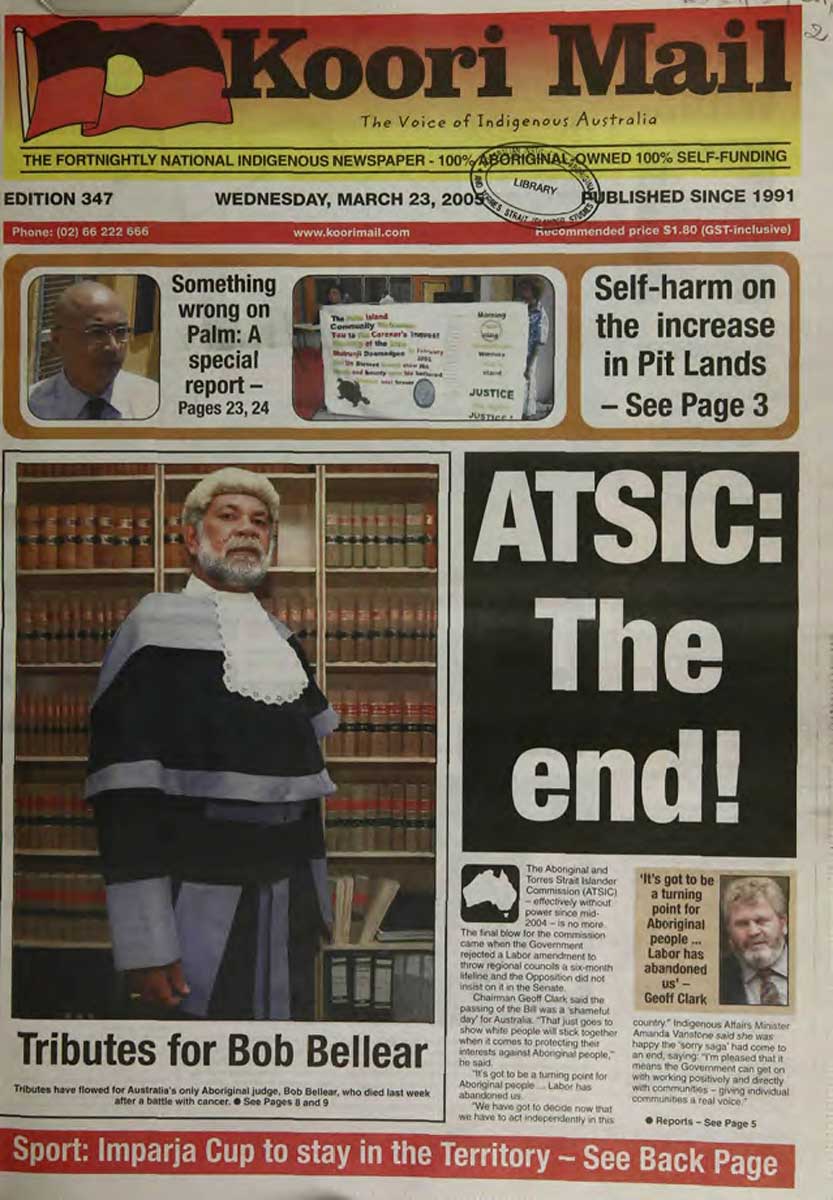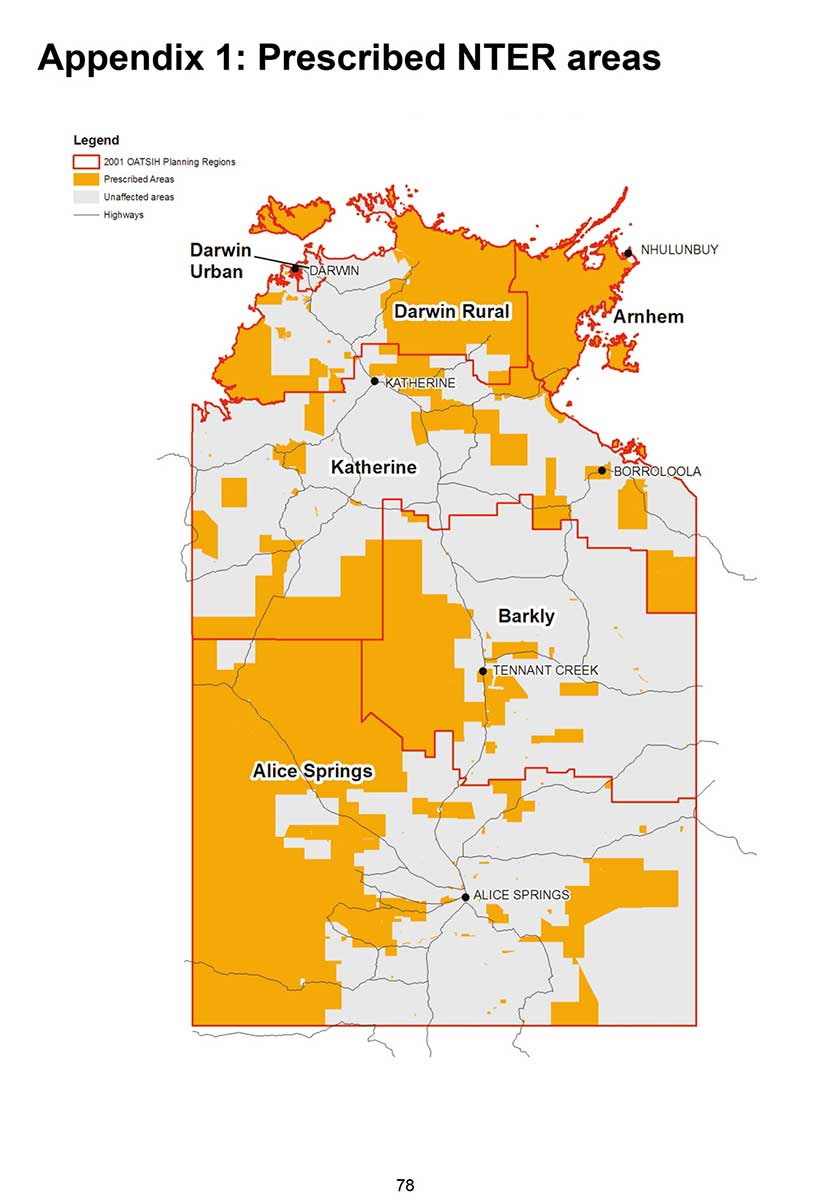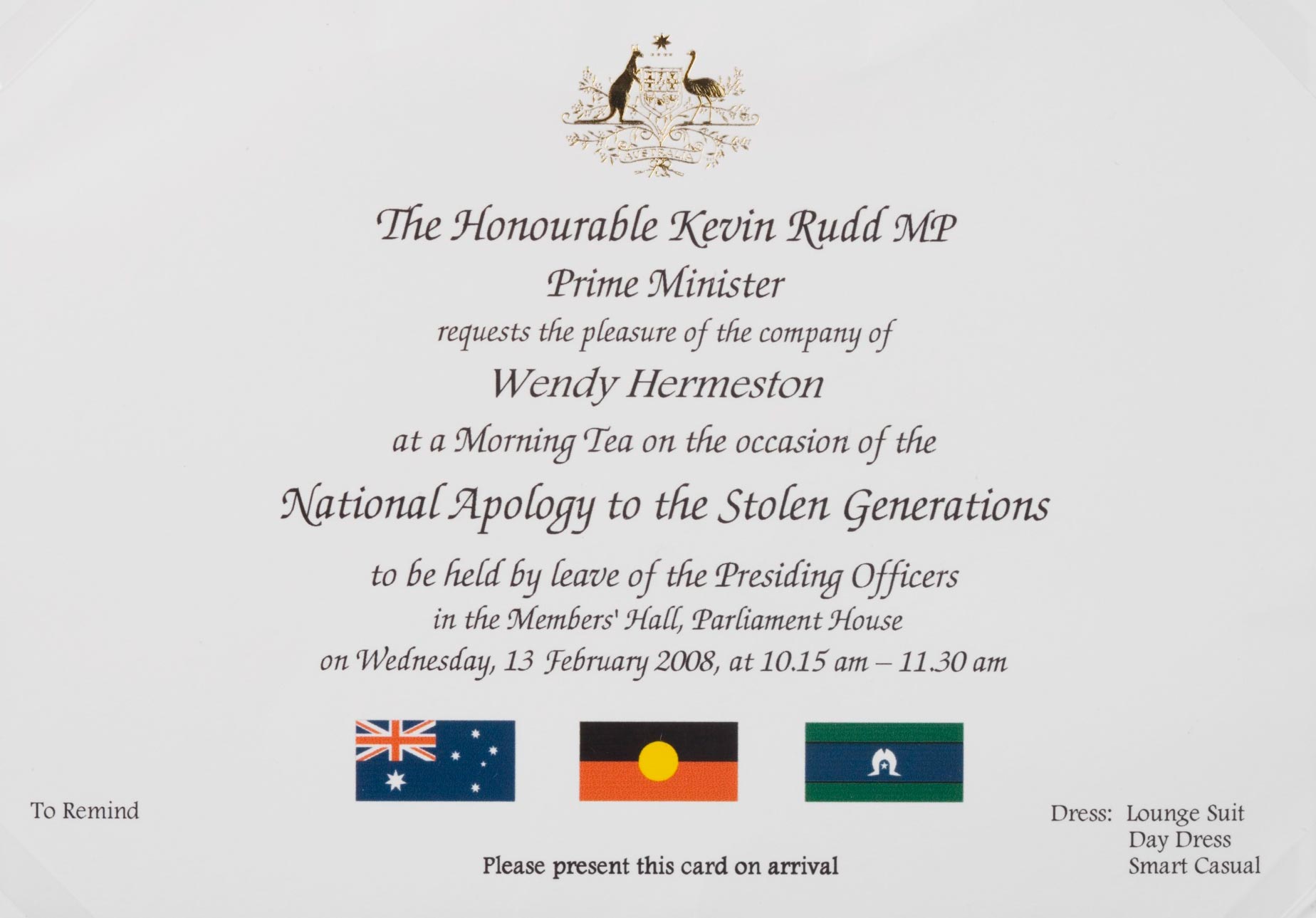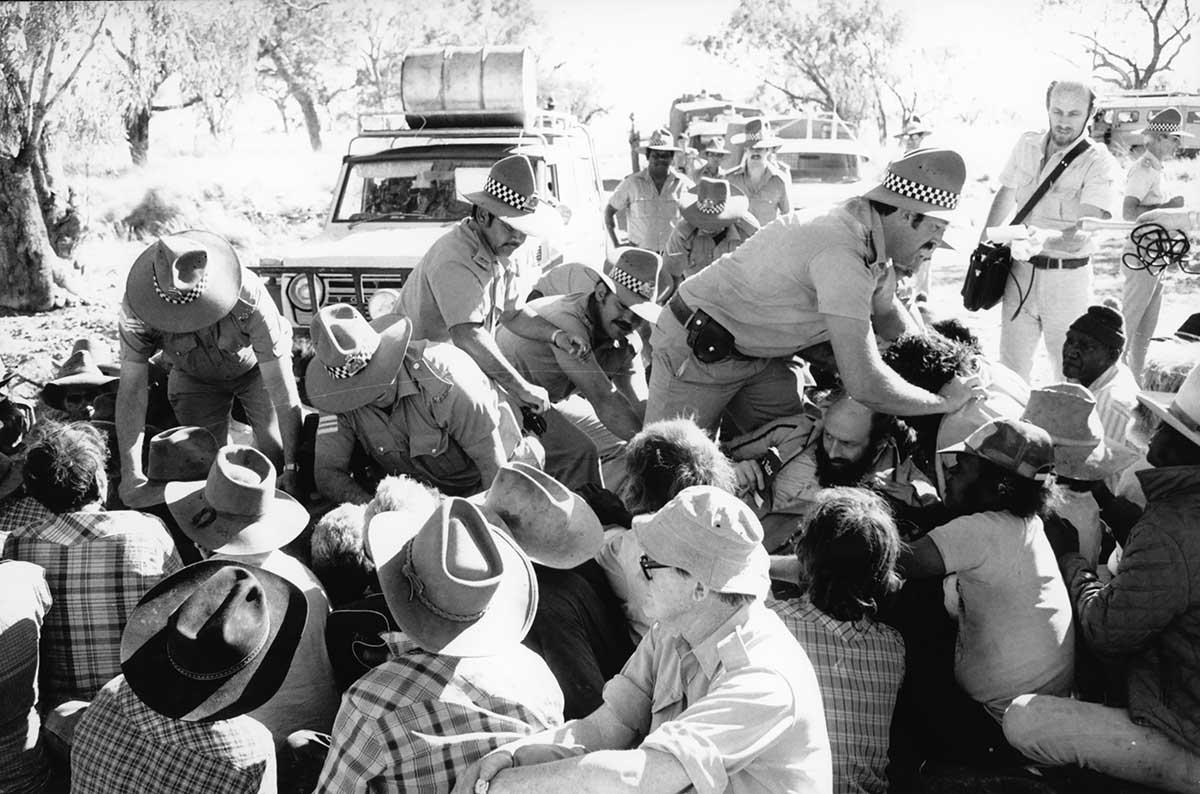Learning module:
Rights and freedoms Defining Moments, 1945–present
Investigation 1: Exploring Aboriginal and Torres Strait Islander rights through key Defining Moments
1.16 1985 Uluru handback

It is 1985.
The area, known to many non-Indigenous people as Ayers Rock National Park, is known to the traditional owners, the Anangu, as Uluru.
The traditional owners control the area surrounding Uluru under Land Rights legislation, but that does not include the rock itself.
How could European and Anangu claims to the area be reconciled?
Read the information in the Defining Moment in Australian history: 1985 Australian government returns Uluru to its traditional owners and answer the questions that follow.
1. Why is the area known by two names?
2. How did the granting of Aboriginal land rights in the 1970s impact the Uluru area?
3. How were problems overcome?
4. What was the significance of the Uluru handback for Aboriginal and Torres Strait Islander people’s rights?
5. How would this event have influenced the development of Aboriginal and Torres Strait Islander people’s rights over time?






